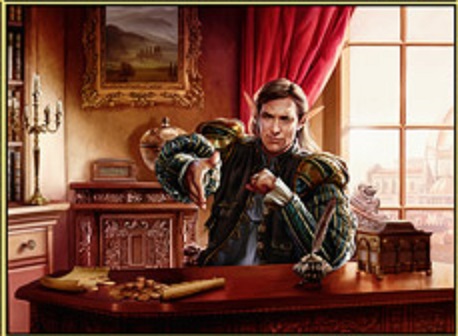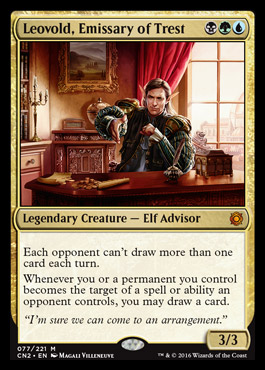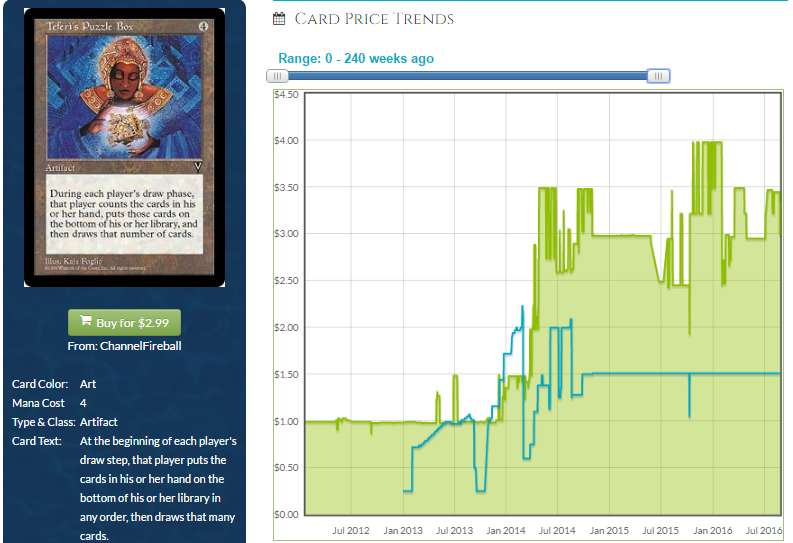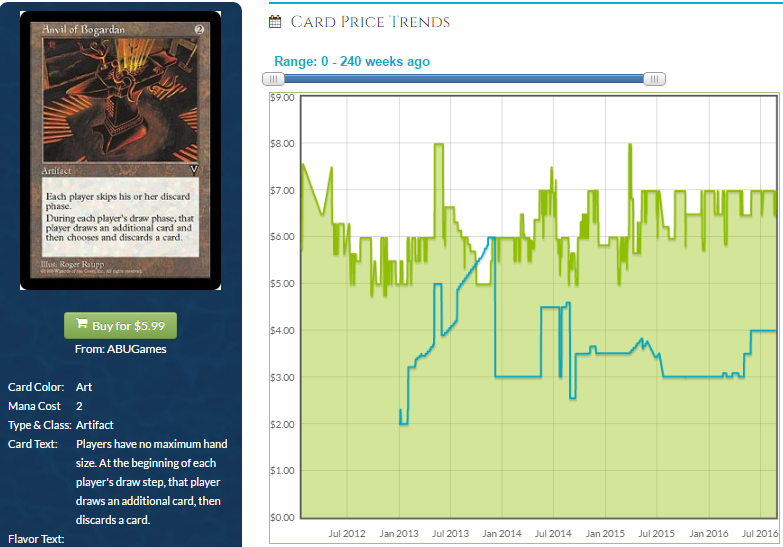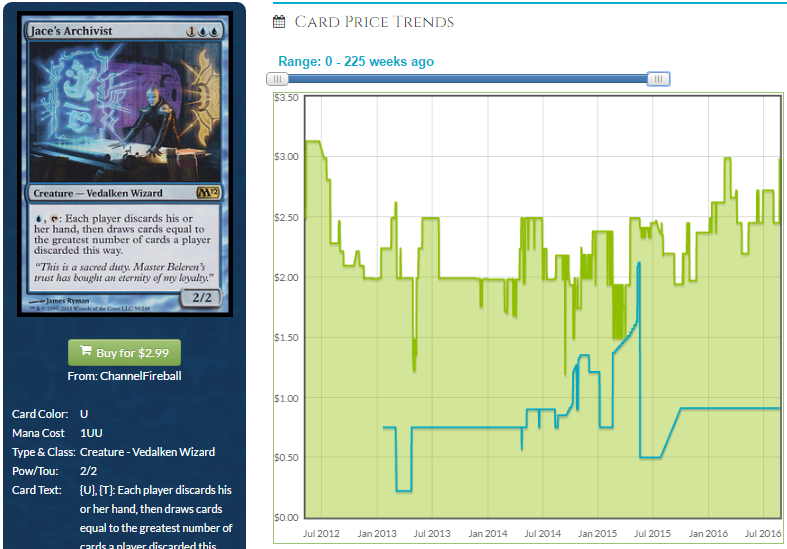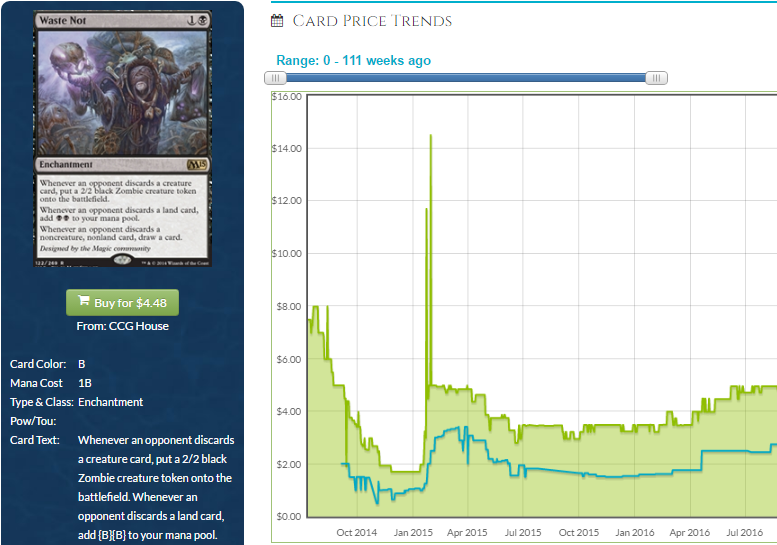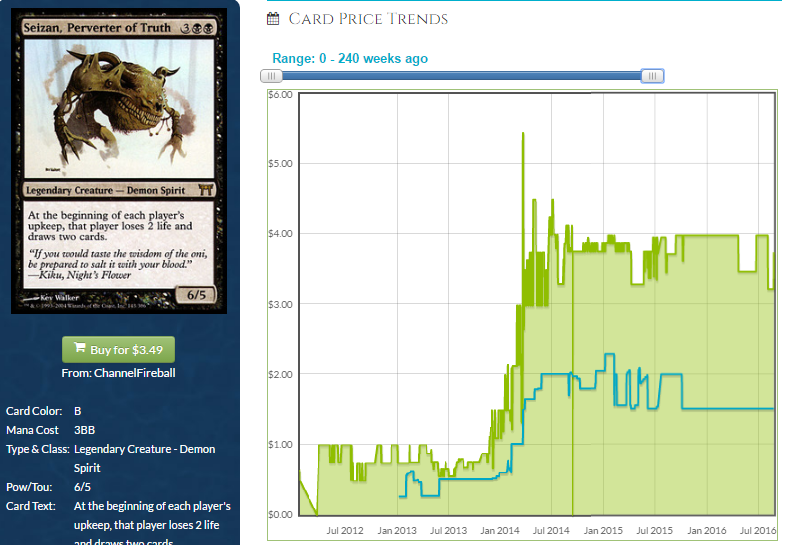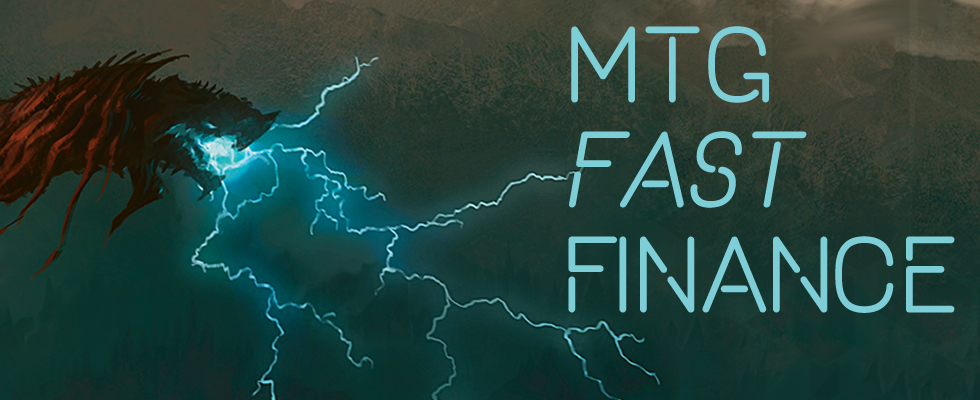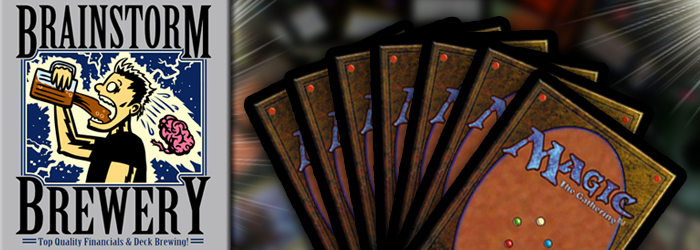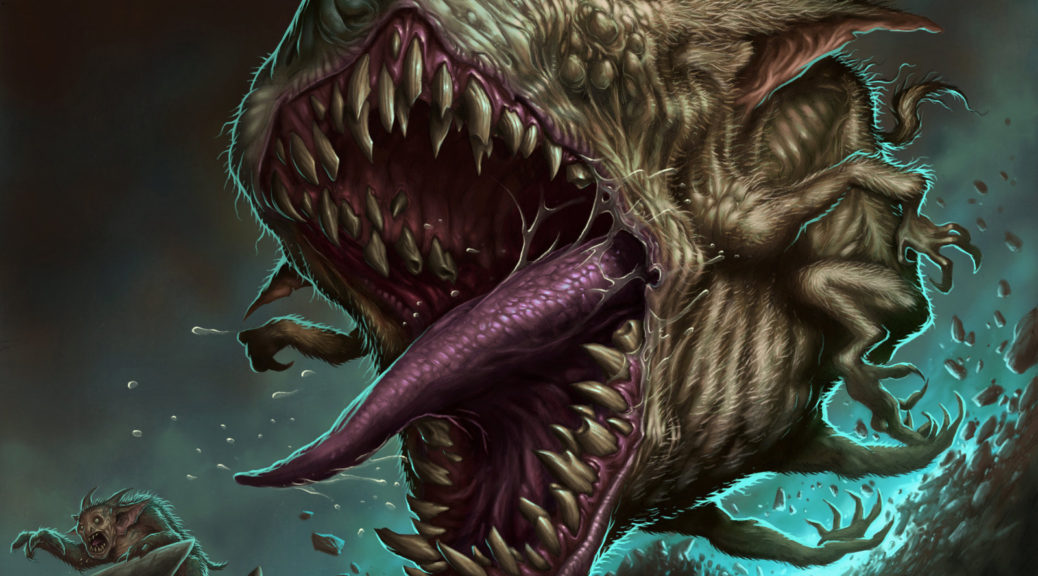Awww yisss
I spent the last week covering the spoiler for Conspiracy 2: 2 Fast 2 Conspiratorious and it made me want to talk about some of the cards that those cards are going to impact. A lot of times I write financial reviews of entire sets hoping there will be some under-priced gem in there, and sometimes there are but there aren’t always and I don’t always find them. The good thing is, if you are buying to invest and not play, you never have to buy a card if you missed it at its cheapest price, so I just make money elsewhere and move on with my life. Still, if you find more $12 Pain Seers than $5 Thragtusks after a while it starts to feel like you can only lose money pre-ordering.
Is that the case? Of course not. Lots of people make money pre-ordering and lots of players who just go ahead and pull the trigger on those $8 Collected Company because they need them to play with make out like bandits. I’m not saying I don’t think that happens or even that I don’t know how to do it. What I will say is that everyone writes about that. It bores me. So let’s go next level and look at the cards that are going to move because of the cards in the set rather than the cards in the set because it takes people longer to do that analysis. In the case of the EDH community, it takes a long time to do that analysis which means our orders aren’t getting cancelled, we have time to clean out our LGS and all the stores in the area and we can grab every loose copy from binders. In one to six months the card will quadruple and everyone will say “Who could have seen it coming?”
I think there are a ton of exciting cards in the set, but I think there is one obvious commander that is going to make a lot of prices move quite a bit and we have some time to buy those cards because while players who are all about EDH are aware of what cards interact with commanders, they don’t always buy in a timely manner. We had almost 6 weeks to buy Squandered Resources when they spoiled The Gitrog Monster. It’s probably not done going up, either. Why try to be the first to buy TCG Player out of some new Standard rare because it was on camera in a deck that is 4-1 because its pilot had 3 byes? Your order is getting cancelled. Let’s try MTG Finance on easy mode.
Let’s talk about one of the least fair commanders they’ve ever printed.
THE CARD IN QUESTION
I am so excited I can’t even not type in all caps.
Look at this elf.
Look at it.
LOOK AT IT
“Real talk, I’m about to ruin EDH forever lol” – This dude
Look at his Scott Bakula-looking stupid elf face. He’s about to make EDH a buncha bulls$%&t for like, ever. This Quantum Leap-looking long-ears. You got two choices right now, nerds. Beat them or join them. Or don’t play EDH. Three choices. Or buy the cards that are about to go up. Or start vaping. Five choices. You have five choices.
What’s about to go up?
Let’s start with this one. With Leovold’s first ability, this card now reads “During each player’s draw phase, that player discards his or her hand then draws one card. Forever. They are probably pretty salty about it since you Mind Twisted the whole table for 4 mana and this doesn’t let them hang onto anything they can’t afford to play the turn they draw it.” Puzzle Box is brutal with Leovold rendering them unable to draw additional cards and therefore climb back into the game. If you curve out, it’s reasonable to play Leovold turn 2 (Tricky but doable, especially with signets) and Puzzle Box turn 3 and get punched in your smug, stupid throat on turn 4.
So is Leovold going to be popular enough to drive this already highish price up? I think so. It isn’t like anyone’s taking apart their Nekusar decks to build Leovold, after all. You’re the same jerkoff playing the “Tier 1” EDH deck because you’re the kind of tryhard who insists there even are tiers in EDH. You won’t take your deck apart, you spent too much time getting Japanese foil Ponder because you play Ponder in Nekusar. Wow, that got specific. The point is, Leovold is going to appeal broadly, and people don’t really take apart EDH decks that often. Absent new supply we’re seeing a price increase predicated on new demand because that’s how economics work.
Remember what I always say about second spikes? That applies here, I think. Teferi’s Puzzle Box was a fringe card forever. EDH never really wanted it because it never really fit in with any sort of win condition and it inconvenienced you as much as them. There were copies in bulk boxes, binders, collections, store inventories, the works. Nekusar comes along and suddenly $0.25 seems cheap. People buy extras because they never know if they’ll want more. They start flying off the shelves. Suddenly a card that’s in boxes all over at LGSs marked for sale at $0.25 is buylisting for $1. All of the cheap copies are being snapped up and sold to buylists. People are trading them and the people they trade their copies to either put the card in a deck or they buylist it. Copies are going from being diffuse and hidden to being concentrated and accounted for. Loose copies dry up, the price equilibrates based on the new demand and it waits for an event. An event could be supply never really gets sustained and dealers start to race to the bottom to get out of their copies and recoup their investment. That or the price just makes sense and hangs out forever.
Another event that’s possible is there is new, novel demand for the card. Leovold isn’t replacing Nekusar, it’s supplementing it. That means even people with Puzzle Boxes in their Nekusar deck are jamming them in Leovold. That means people need copies. They’re not going to get them at the LGS for $0.25, those sold. They won’t find them in some random’s binder, he traded it for a card back in 2013. They’re forced to pay $5 on SCG. (I mean, no one is forced to buy from SCG but lots of people do) and when the cards sell out on the relatively small number of websites (or on just TCG Player which means 20 copies selling in a week will trigger all of the “market watch” people to buy out every other site). The card is good, it’s good in a deck already and it will be good in this new deck, too. People will pay the new price. That will make the price go up. Foils are already selling out. Puzzle Box is due for a second spike on the back of Leovold and you could make some money on this card, again. I love gifts that keep giving. All of my Puzzle Boxes were free since I sold enough that I broke even on the ones I bought before the first spike so I have the luxury of seeing how high they get, but I think there’s money to be made even buying at retail now if you can out for retail later. This card is real.
This card is good in Leovold. Very good. People are brewing with it, and more importantly, people who are widely read are brewing with it. Even if a deck isn’t necessarily great, you have to look at what the EDH writers are suggesting to large swaths of people. There aren’t that many EDH articles so it’s pretty easy to pay attention to 2 or 3 articles a week based on new generals. Bruce wrote about Anvil this week, so did I and I imagine a few other writers will, too. If people pay attention or discover the card on their own and put it on TapedOut, EDHREC readers will notice and start buying it for their decks. It was always a good idea to read articles and see what people who have a lot of readers (like Bruce does) are suggesting to people but Anvil was the card that made me think to talk about it. Anvil’s supply and demand are both flat. The card is primed for an event to make it move and I think that event is Leovold.
If they put Archivist in every Commander precon set from here until eternity that will only make me feel better about the $3 foil. EDH demand has made this attractive before and a card with 3 printings but only one in foil that does this much work is worth looking at. If they have a full grip and you have Leovold, you’re wrecking the entire table with this, especially if your hand is empty. Dealers have been enthusiastic about this foil before and will again. The non-foil is trash, but I don’t hate the foil at $3. It’s got nowhere to go but up.
This card is pretty brutal. Nath of the Gilt Leaf and other decks like it (Hey, Nath would be pretty good in Leovold) use this card already and I expect Leovold to like effects like this. Playing a simple Megrim seems boring but getting value out of them discarding to your Anvil appeals to me. I have this card in a few decks and I’m never sad to draw it. It’s climbing already, so this can only help it climb faster.
I like when cards that are climbing on their own already get a second look based on a card that just came out. This is bound to make stuff happen.
There are a few more cards that go in the deck. Temple Bell, Howling Mine, Kami of the Crescent Moon. With the exception of the Kami, the rest of the article would be basically
Highlight paragraphs about Teferi’s Puzzle Box
Ctrl + C
Ctrl + V
Ctrl + F – replace “Teferi’s Puzzle Box” with “Temple Bell”
Pat self on back.
By now you’re equipped to hit EDHREC in the next few weeks as people start to populate tappedout with their own lists. Look at what’s trending. Look at how popular Levold actually is (I literally can’t fathom him not being the next The Gitrog Monster) on there, you know how to do some of this legwork yourself by now.
I’m not sure what I’ll be writing about next week, but with Marchesa a tempting card, a new Recruiter poised to make some decks better, others playable for the first time and giving us another lesson about how cross-format overlap only helps all of us who buy early and with a new Daretti Planeswalker making me want to brew, there is a lot to talk about. Keep paying attention to the rising tides and keep doing finance the easy way.
